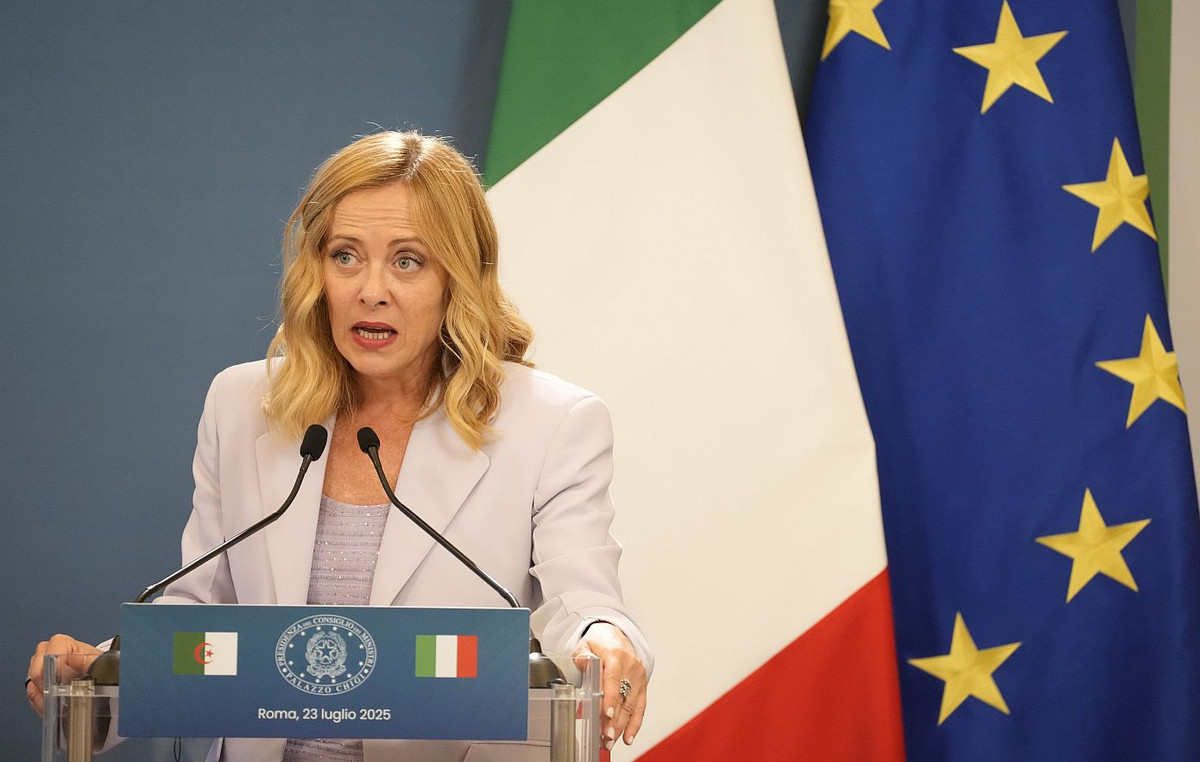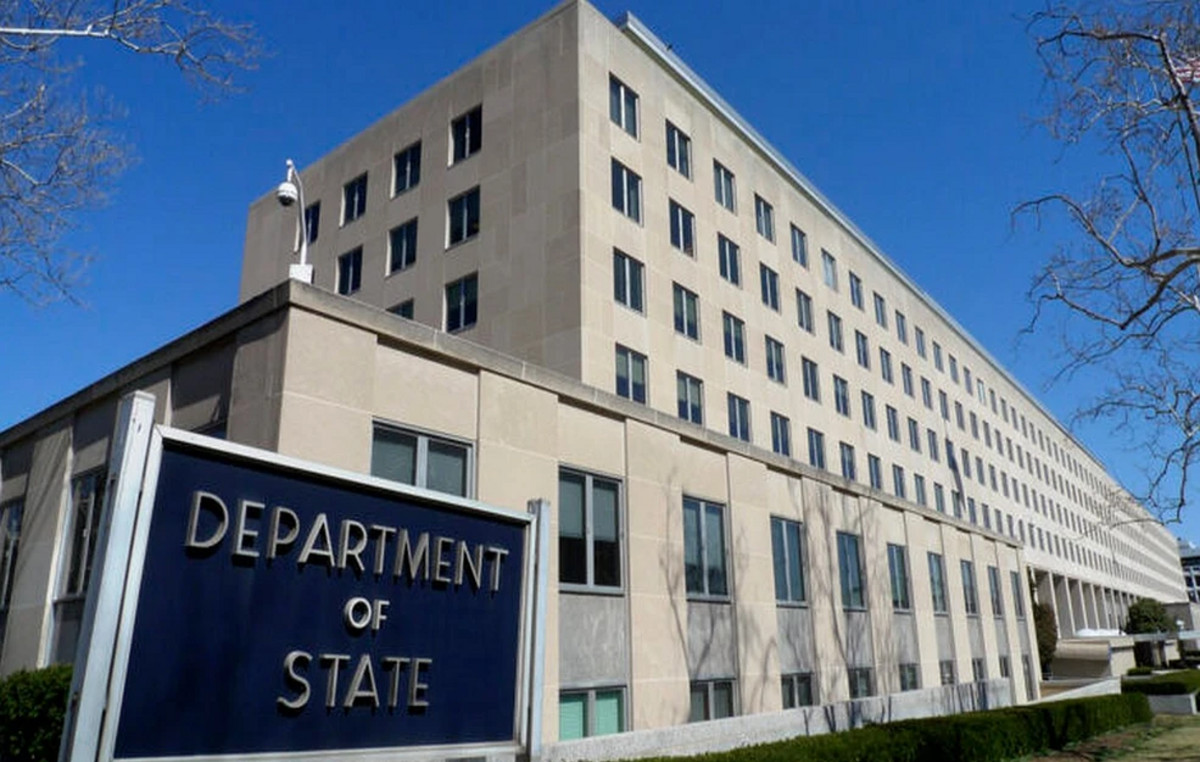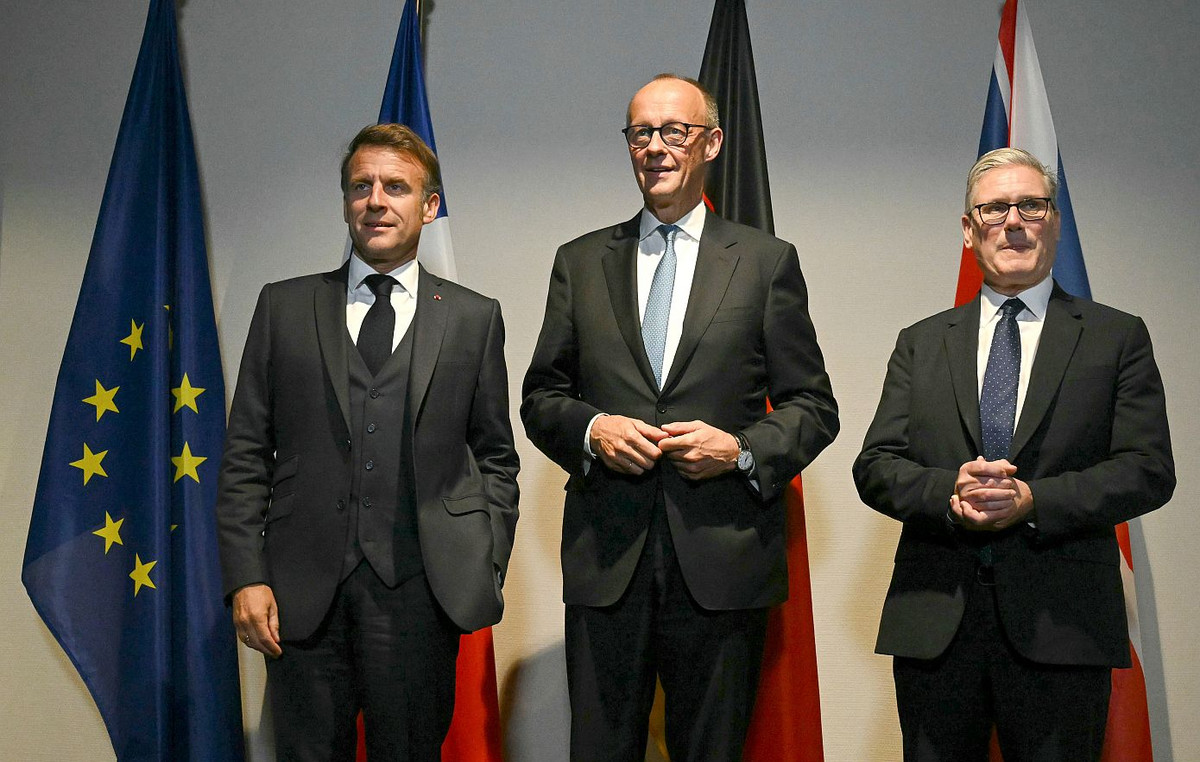- The Indian rupee opens up against the US dollar in the midst of firm expectations that India and the US will reach an agreement soon.
- Trump attacks 14 countries with reciprocal tariffs on Monday.
- Investors expect the FOMC minutes that will be published on Wednesday.
The Indian rupee (INR) opens upwards against the US dollar (USD) on Tuesday. The USD/INR pair corrected about 85.88 from the weekly 86.15 registered on Monday. The pair goes back since the president of the United States (USA), Donald Trump, has reiterated his confidence that Washington will reach a commercial agreement with India.
“We have made an agreement with the United Kingdom, we have made an agreement with China, we are close to making an agreement with India,” Trump told reporters in the White House on Monday.
The comments of the US president arrived after announcing tariff rates for 14 countries, including Japan and South Korea, who were imposed on 25%tariffs, and threatened to increase them if they chase reprisals.
Meanwhile, investors seek specifications of the probable commercial agreement, since signs of an increase in the exposition of Indian entities to the competition of US companies would be unfavorable for the local currency.
According to an NDTV report, Indian negotiators would seek to safeguard their agricultural and dairy sector, which are the country’s backbone in terms of employment creation. Nueva Delhi also looks for higher tariff concessions in intensive exports in labor such as footwear, clothing and leather.
Another reason for a gloomy panorama of the Indian rupe is Trump’s threat to impose a 10% tariff on countries that align with BRICS anti -American policies. This occurs at a time when the US and India are close to signing a commercial agreement.
In the front of the stock market, Indian indices have opened with caution while investors expect the confirmation of the Indian commercial pact. The NIFTY50 drops 0.13% to about 25,425 and the Sensex30 yields slightly below 83,400. The next trigger for Indian markets is the profit season of the first quarter of the fiscal year (FY) 2025-2026, which will begin with the quarterly results of the Tata Consultancy Services Technological Giant (TCS) on July 9.
What moves the market today: Indian rupee is recovered against the US dollar
- The Indian rupee is recovered against the US dollar as the latter goes back after a strong upward movement on Monday. The US dollar index (DXY), which tracks the value of the dollar against six main currencies, corrects about 97.30 after registering a new weekly maximum around 97.66.
- The US dollar faces a slight sales pressure after President Trump announced reciprocal tariffs to 14 countries, notably Japan and South Korea, which Washington has imposed 25%tariffs. This has led to a strong fall of Japanese Yen (JPY). However, Japanese Prime Minister Shigeru Ihiba said earlier on the day that Tokyo would continue negotiations with the US to seek a mutually beneficial commercial agreement, Reuters reported.
- Meanwhile, President Trump has signed orders that confirm the imposition of the so -called “Liberation Day” tariffs on August 1, which had previously been announced to enter into force on July 9. Although the White House has not called it an extension of its tariff deadline, market experts believe that the three -week grace period will provide more time to the US and its commercial partners to reach an agreement.
- In the domestic front, investors expect the publication of the minutes of the Federal Open Market Committee (FOMC) of the June 17-18 policy meeting in which it maintained stable interest rates in the range of 4.25% -4.50% per fourth consecutive time. During the policy announcement, the president of the FED, Jerome Powell, warned about the risks of stagflation, citing that “the effects of tariffs will depend on the level, and this year’s increases will probably weigh on economic activity and increase inflation.”
- Meanwhile, operators have reduced their moderate bets of the Fed for the policy meeting at the end of this month after the publication of the optimistic non -agricultural payroll data (NFP) of the US for June. According to the CME Fedwatch tool, the Fed is almost sure to leave the stable interest rates at the July meeting.
Technical Analysis: USD/INR seeks to stabilize above the 20 -day EMA
The USD/INR torque ranges from the negotiation range on Monday on Tuesday. The pair struggles to stabilize above the 20 -day exponential (EMA) mobile average, which is negotiated around 85.90. Such scenario will turn the short -term trend into a bullish.
The 14 -day relative force index (RSI) bounces about 50.00. A new bullish impulse would arise if the RSI breaks above 60.00.
Looking down, the minimum of May 27, 85.10 will act as a key support for the torque. On the positive side, the minimum of June 24 at 86.42 will be a critical obstacle to the pair.
Indian Rupia – Frequently Questions
Indian rupee (INR) is one of the most sensitive currencies to external factors. The price of crude oil (the country depends largely on imported oil), the value of the US dollar (most of the trade is carried out in US dollars) and the level of foreign investment are all influential factors. The direct intervention of the Bank of the Reserve of India (RBI) in the currency markets to keep the exchange rate stable, as well as the level of the interest rates set by the RBI, are other important factors that influence the rupee.
The Bank of the Reserve of India (RBI) actively intervenes in the currency markets to maintain a stable exchange rate and help facilitate trade. In addition, the RBI tries to maintain the inflation rate in its 4% target adjusting interest rates. Higher interest rates often strengthen rupee. This is due to the role of the “Carry Trade”, in which investors borrow in countries with lower interest rates to place their money in countries that offer relatively higher interest rates and benefit from difference.
Macroeconomic factors that influence the value of rupee include inflation, interest rates, economic growth rate (GDP), trade balance and foreign investment tickets. A higher growth rate can lead to greater investment abroad, increasing the demand for rupee. A less negative trade balance will eventually lead to a stronger rupee. The highest interest rates, especially real types (less inflation interest rates) are also positive for rupee. A risk environment can generate higher direct and indirect foreign investment entries (FI and FII), which also benefit the rupee.
Higher inflation, particularly if it is comparatively higher than other countries, is generally negative for the currency, since it reflects a devaluation through excess supply. Inflation also increases the cost of exports, which leads to more rupees to buy foreign imports, which is negative for Indian rupee. At the same time, higher inflation usually leads to the Bank of the Reserve of India (RBI) to raise interest rates and this can be positive for rupee, due to the increase in demand for international investors. The opposite effect applies to lower inflation.
Source: Fx Street
I am Joshua Winder, a senior-level journalist and editor at World Stock Market. I specialize in covering news related to the stock market and economic trends. With more than 8 years of experience in this field, I have become an expert in financial reporting.







